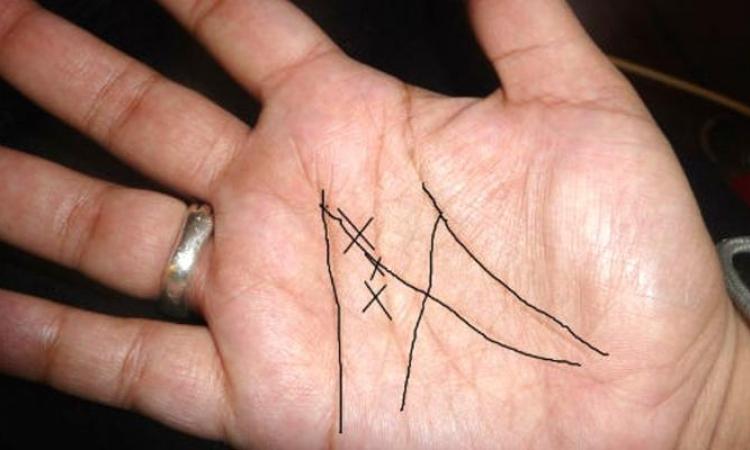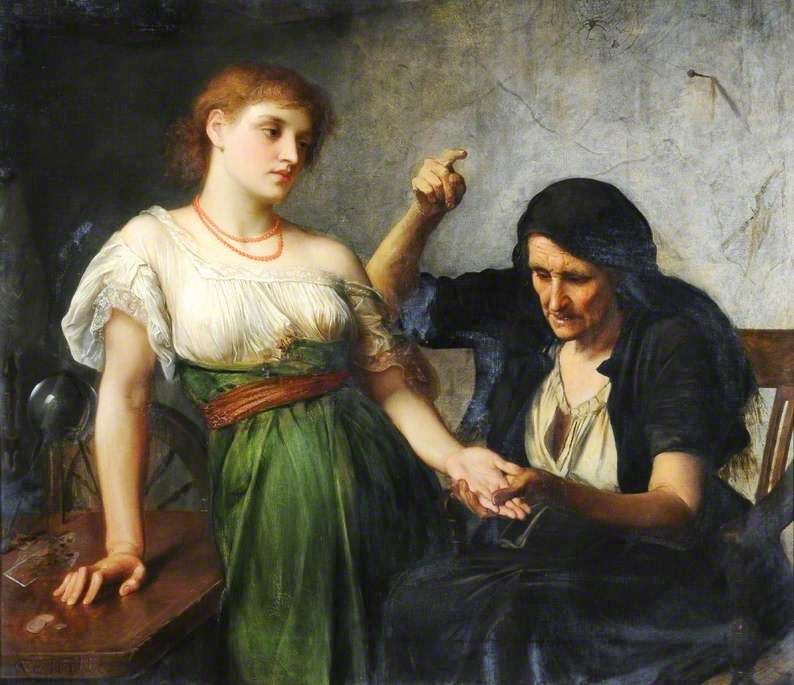INDIA – BIRTH PLACE OF PALMISTRY
Science of Hand–Reading (or Hasta Samudrika Shastra), developed by the savants of ancient India, is at special pains to point out. Palmistry, among the ancient Hindus, was regarded as a branch of the comprehensive lord of Samudrika.
Western scholars today accept without question that India is indeed the home and birth-place of scientific palmistry or hand-reading. Cheiro, the renowned English author and palmist, declares: “The intellectual power which was to make such observations speaks for itself; and yet it is to such a people that we trace the origin of the study under consideration. With the spread of the Hindu teachings into other lands do we trace the spread of knowledge of palmistry. The Hindu Vedas are the oldest scriptures that have been found; and, according to some authorities, they have been the foundation of even the Greek schools of learning.”
How and when the ideas and doctrines of palmistry spread out of India, and came to be practised in other countries is not known. The fact remains, nevertheless, that this science was studied and practised in all the civilized countries of the Ancient World, including China, Tibet, Persia and Egypt.
It inevitably fell into the hands of gypsies and such other ignorant people, who brought it into disrepute. Despite numerous attempts at revival, it did not regain its former life and influence; not even in India, the lands of its origin, where it was confined to a few leading Brahmin families, who closely guarded their ancient lore. For this reason, many treasures in Sanskrit, at the present day, lie buried and hidden, thanks to the selfish traditions of the Brahmins.
Neglected by the people who gave it birth, maligned, misunderstood, and suppressed by European nations, hand reading has persisted down the ages, in spite of unscrupulous charlatans; so much so that in the nineteenth century European savants took to it seriously and provoked that it was a genuine science worthy of the attention of seekers of the highest kind of knowledge. If palmistry today has an honoured place among recognized science, it is owing to the good work of outstanding practitioners, like D’ Arpentigny, Desbarroles, Cheiro, Benham, Mrs, St. Hill, Mrs, Robinson, Count St. Germain, and Mr. Noel Jaquin.
It is surprising that palmistry as an exact science has not developed in India to the extent it has in Europe and America. This is mainly due to the fact that its exponents here, Brahmins priests, do not keep abreast of modern research, and adhere to antiquated rules and techniques, preserved in Slokas and Sutras hoary with age.
European scholars, are singularly proficient in reading character, mental and physical tendencies, possibilities of a career, and the loves, joys and sorrows of man. They are able to read correctly and forecast the future of one’s children, brothers, sisters, and parents. But there are invaluable rules and methods, peculiar to and characteristic of Indian palmistry that have been altogether bypassed and ignored by them.
Certain signs and marks regarding marriage, love affairs, friendships, divorce and widowhood described by European writers, are absent from Indian hands.
According to Cheiro and St. Germain, the shape and type of the hand have to be borne in mind in order to determine the social position of the subject, and the lines alone are not as important as it has been though so far. Thus, very wealthy person had the Fate and Sun lines dimly marked simply because they set no store by their fortune, so that the lines indicating riches and success appear dim and indistinct.
